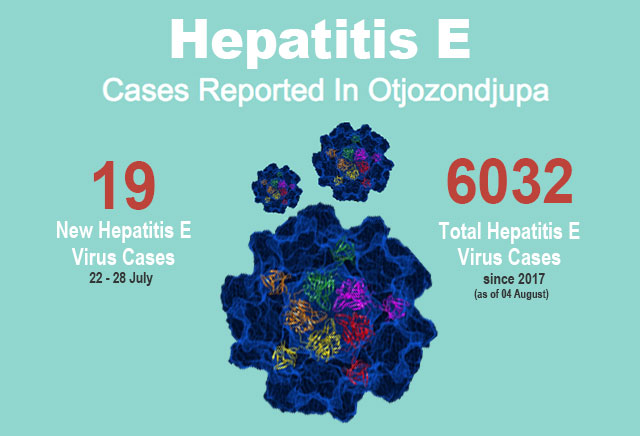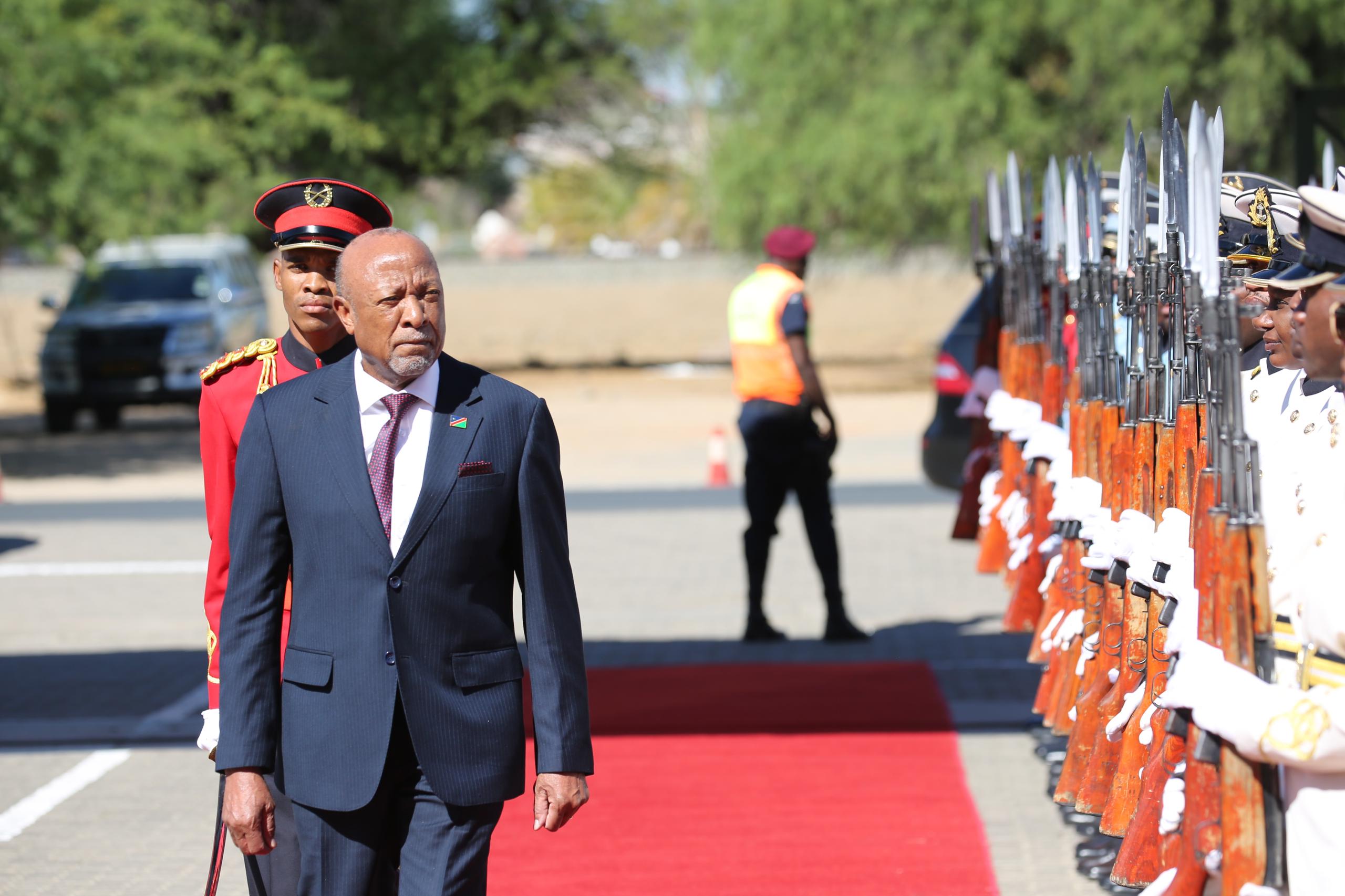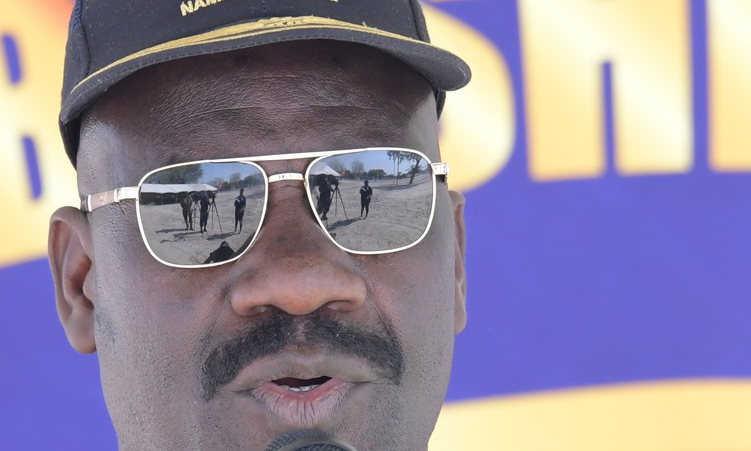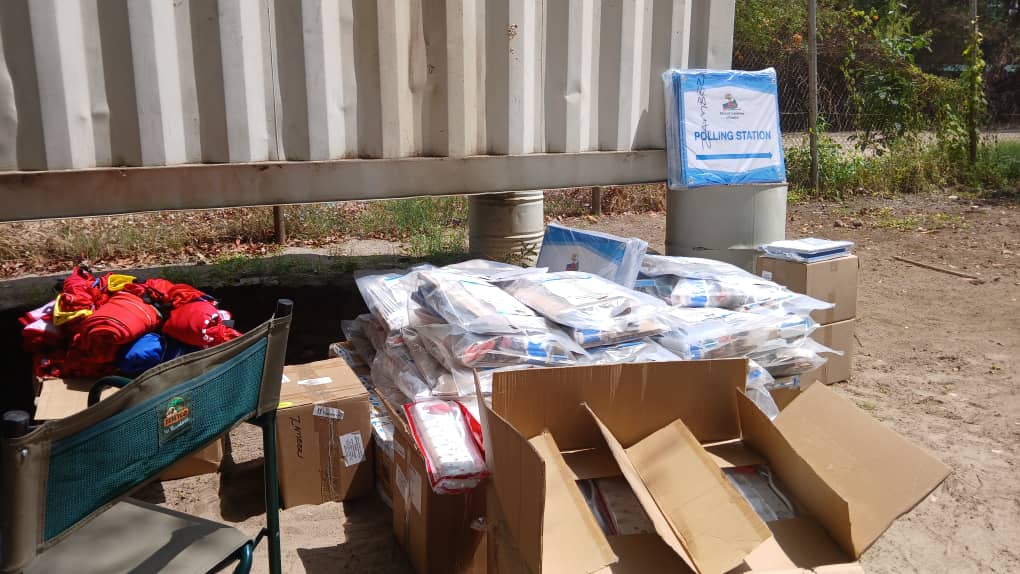THE Otjozondjupa region has reported 19 new hepatitis E virus cases, with nine cases from the Okahandja district, says the ministry of health.
These cases were reported from 22 until 28 July (week 30).
The health ministry’s spokesperson Manga Libita yesterday said since the outbreak was declared in 2017 up to 4 August this year, 6 032 hepatitis E (HEV) cases have been reported.
reported last month that there were a total of 5 711 HEV cases reported by 14 July 2019.
New Era yesterday reported that by Wednesday last week, 64 cases of hepatitis E were confirmed in the two Kavango regions, with recent cases rocking Mpungu village in Kavango West, where one death was recorded and eight cases were diagnosed with the virus.
Chief medical officer Abiola Adesina of the Kavango health directorate, which is in charge of the two Kavango regions, was quoted as saying that in Kavango West, they have recorded eight cases in Mpungu village, which is in the Nankudu health district, while in Kavango East, the Rundu district has 42 cases, and the Andara district in the Mukwe constituency has 11 cases.
Libita said most of the cases reported have a history of people travelling to outbreak-affected regions, especially Khomas and Erongo.
Most cases reported were men with 60%, while the Khomas region still has the highest reported cases (64%), followed by Erongo.
The Omusati region continues to report increased numbers of hepatitis E cases, presumed to be a total of 72 cases to date. However, all other regions except the two Kavangos have reported up to 57 sporadic cases from 2018 to date.
Libita explained that the outbreak has become protracted, and continues to spread to other regions.
“Overall coordination is still sub-optimal due to no incident manager for this outbreak having been assigned as yet,” she added.
Other challenges the ministry faces is that inadequate water, sanitation and hygiene (wash) interventions in some informal settlements still persist.
The outbreak of hepatitis E in the country was first declared in Windhoek’s Havana and Goreangab settlements in November 2017, before the virus spread to other regions such as Erongo, and to the northern areas of the country.
Cases have been reported mainly from informal settlements, where access to safe water, sanitation and hygiene is limited.
Most cases from less affected regions have a travel history to the above-mentioned informal settlements in Windhoek, or Swakopmund.
Stay informed with The Namibian – your source for credible journalism. Get in-depth reporting and opinions for
only N$85 a month. Invest in journalism, invest in democracy –
Subscribe Now!






